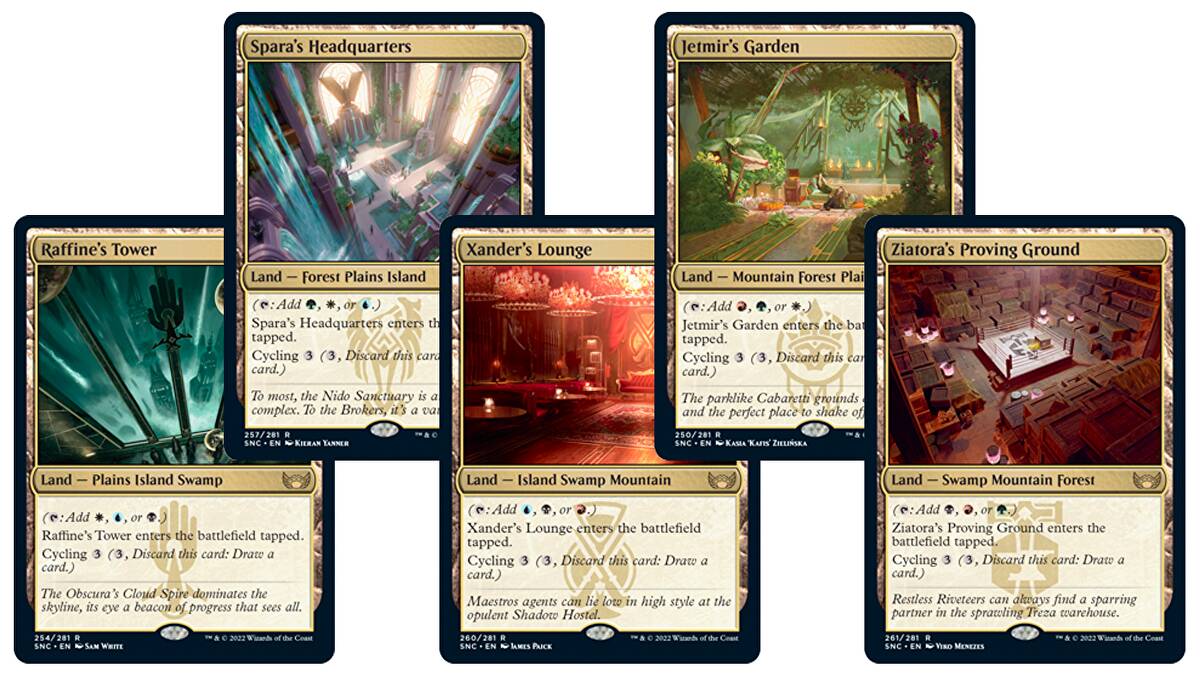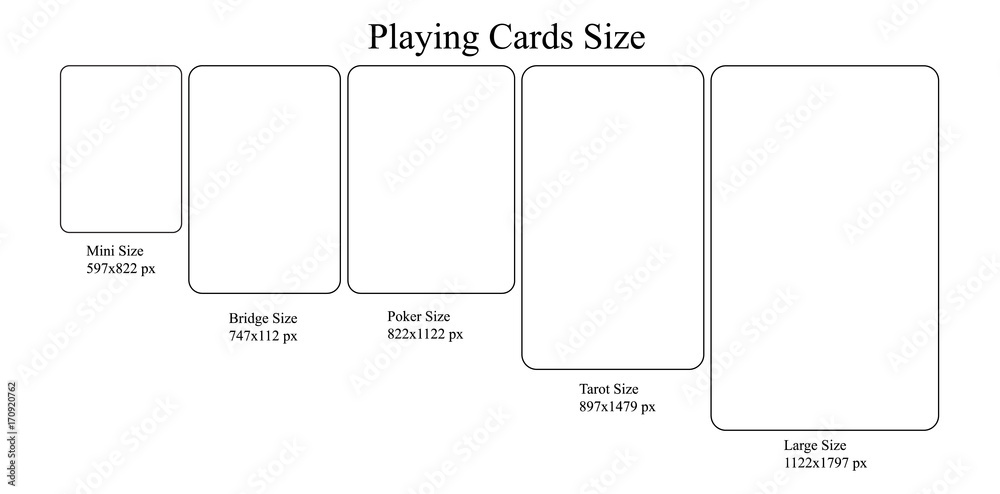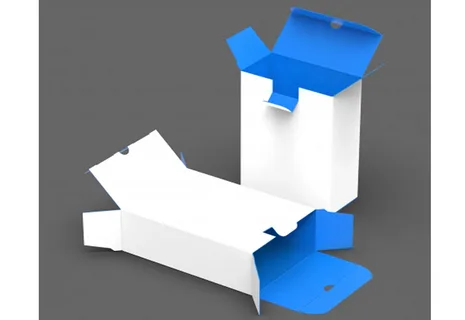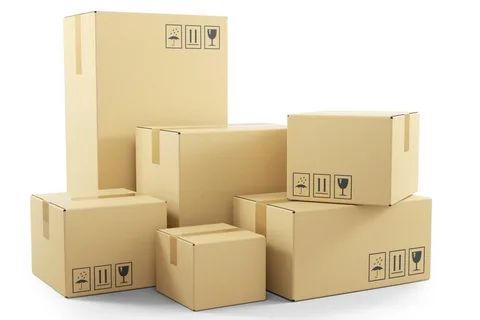Magic: The Gathering (MTG) is more than a collectible card game; it’s a competitive, strategic experience that requires precision, organization, and attention to detail. One of the often-overlooked aspects of tournament play is understanding the MTG Dimensions Matter Card. From gameplay mechanics to printing, packaging, and protective sleeves, the size of a card influences every facet of the experience.
In this guide, we will explore why MTG card dimensions matter, how they are measured, their impact on tournaments, and best practices for players, collectors, and printers.
Understanding the Standard MTG Dimensions Matter Card
The dimensions of a MTG card are standardized to ensure consistency across decks and formats. Knowing the exact size helps players avoid mismatched cards, ensures compatibility with card sleeves, and allows collectors to store their cards efficiently.
Standard MTG Card Sizes
- Dimensions in Inches: 2.5 x 3.5 inches
- Dimensions in Centimeters: 6.3 x 8.8 cm
- Dimensions in Millimeters: 63 x 88 mm
- Dimensions in Pixels: When scanned at 300 dpi for digital use, an MTG card is approximately 740 x 1030 pixels
These dimensions are essential for tournament play, especially when cards are sleeved or when digital proxies are used.
Why Card Dimensions Matter in Tournament Play
1. Ensuring Fair Gameplay
In tournaments, consistency in card size ensures no player gains an unfair advantage. Cards that are slightly larger, smaller, or warped can be easily identified by opponents, violating the rules and fairness standards.
2. Compatibility with Card Sleeves
Card sleeves protect cards from wear and tear during play. Using sleeves that fit improperly can make shuffling difficult, increase the risk of card damage, and even disqualify players in official competitions. Standard MTG sleeves are designed for the official card dimensions of 2.5 x 3.5 inches, providing a snug and protective fit.
3. Deck Organization and Storage
Accurate knowledge of card size allows players to store their decks efficiently in boxes, binders, or display cases. Storage that accommodates standard card dimensions helps maintain card integrity and prevents bending, warping, or edge wear.
4. Printing and Prototyping Cards
For custom cards, proxies, or promotional content, knowing the MTG card size for printing is essential. Accurate dimensions prevent alignment issues, cut errors, and distortion of artwork. Printers often require the dimensions in mm, cm, or pixels to maintain fidelity during production.
How MTG Card Dimensions Compare to Other Cards
For context, comparing MTG card dimensions with similar card games highlights why standardization matters:
- Pokemon Card Size: 6.3 x 8.8 cm (same as MTG cards)
- Yu-Gi-Oh! Card Size: 5.9 x 8.6 cm (slightly smaller)
This similarity makes cross-game sleeves and storage feasible but also emphasizes the importance of knowing exact dimensions when preparing for tournaments or collecting cards from multiple games.
How Many Dimensions of a MTG Card Are Critical?
When discussing how many dimensions of a MTG card are essential, players generally consider three main measurements:
- Width: 2.5 inches / 6.3 cm
- Height: 3.5 inches / 8.8 cm
- Thickness: Approximately 0.012 inches / 0.305 mm
The thickness may seem minor but is critical when sleeving decks or stacking multiple cards. Tournament decks often include 60+ cards, so even small variations in thickness can impact shuffle quality and deck integrity.
MTG Card Sleeve Dimensions
Sleeving is mandatory in most tournament formats to ensure cards are uniform in size and prevent markings that could reveal card identity.
Choosing the Right Sleeves
- Standard MTG Card Sleeves: Designed for 2.5 x 3.5 inch cards
- Premium Sleeves: Offer additional protection against spills, scratches, and UV damage
- Double-Sleeving: Recommended for rare or valuable cards to maintain long-term integrity
Expert Advice
Using ill-fitting sleeves can make shuffling cumbersome and may result in cards being bent or damaged. Always check sleeve dimensions against official MTG card dimensions to ensure tournament compliance.
MTG Card Dimensions for Digital Use
For content creators, digital artists, and online players, knowing the MTG card size in pixels is crucial.
- Standard print resolution: 300 dpi (approx. 740 x 1030 pixels)
- Web resolution: 72 dpi (approx. 177 x 246 pixels for online previews)
Accurate digital dimensions preserve artwork fidelity, prevent distortion, and allow for seamless integration into online platforms, custom card generators, and virtual tournaments.
Printing Custom Cards
Players and creators often print custom or proxy MTG cards for practice, design projects, or promotional purposes. Here’s why dimensions matter:
- Artwork Alignment: Proper dimensions ensure borders, text boxes, and mana symbols align correctly.
- Cut Accuracy: Deviations in dimensions during cutting can make cards unusable or non-tournament legal.
- Professional Quality: Using precise measurements elevates the appearance and functionality of printed cards.
Brands like buycustombox specialize in providing materials and tools that adhere to official MTG card dimensions, ensuring professional-quality results for custom card projects.
Common Mistakes to Avoid
1. Ignoring Sleeve Thickness
Many players account only for card dimensions but overlook sleeve thickness. Double-sleeved cards can add extra millimeters, potentially affecting shuffleability in tournaments.
2. Printing Without Scaling
When printing at home, failing to maintain the correct scale can result in oversized or undersized cards. Always double-check dimensions before printing.
3. Mixing Card Sizes
Using non-standard cards in tournament play can lead to penalties or disqualification. Always measure your deck before participating in competitive events.
Expert Tips for Maintaining Card Dimensions
- Store Cards Properly: Use rigid boxes or binders that accommodate standard card dimensions.
- Check Sleeves Regularly: Replace sleeves that have stretched or warped.
- Measure Before Printing: Always confirm dimensions in inches, cm, mm, or pixels before printing.
- Handle Cards Carefully: Avoid bending or applying excessive pressure to maintain original dimensions.
- Use a Consistent Shuffling Technique: Ensure sleeves don’t alter card behavior during shuffling.
Frequently Asked Questions
Q1: What are the exact dimensions of a MTG card?
A: Standard MTG cards measure 2.5 x 3.5 inches, 6.3 x 8.8 cm, or 63 x 88 mm.
Q2: Do card sleeve dimensions vary for MTG cards?
A: While standard sleeves are designed to fit 2.5 x 3.5 inch cards, premium sleeves may offer slightly more space to prevent tight fits.
Q3: How does MTG card size compare to Pokemon cards?
A: Pokemon cards share identical dimensions with MTG cards, making sleeves and storage often interchangeable.
Q4: What is the recommended resolution for printing MTG cards?
A: For high-quality prints, 300 dpi is standard, translating to approximately 740 x 1030 pixels per card.
Q5: Can custom cards be tournament-legal?
A: Custom cards are generally not legal for official tournaments but are excellent for practice, proxies, and promotional use. Always check tournament rules.
Conclusion
Understanding the dimensions of a MTG card is more than a minor detail—it’s a critical factor for gameplay, printing, protection, and professional presentation. From tournament compliance to digital design and storage solutions, precise measurements ensure that players, collectors, and creators maintain card integrity and enhance the overall Magic: The Gathering experience.
Whether you are preparing a competitive deck, printing custom proxies, or organizing a collection, paying attention to card dimensions and sleeve fit ensures a smooth, enjoyable, and professional gameplay experience. Brands like buycustombox provide the resources needed to adhere to these standards, combining quality and expertise to support every MTG enthusiast.








